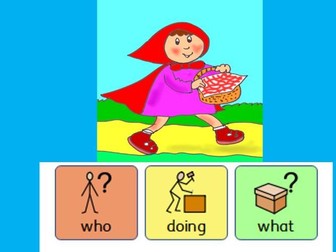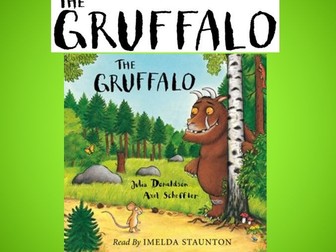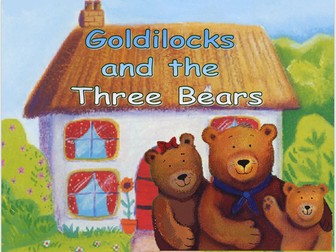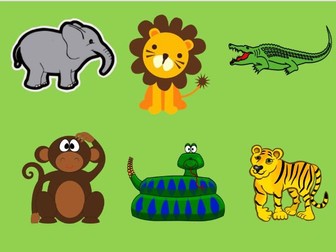
"Handa's Surprise Literacy PowerPoints: Supporting ASD, SLD, and PMLD Learning"
Week 1: Reading
Introduction to Diversity and Understanding Differences
Introduce the theme of diversity and understanding differences through a discussion about “Handa’s Surprise” and the various animals in the story.
Use visuals to illustrate the different animals and emphasize their unique characteristics.
Reading Activities with Inprint (Symbol-supported Text)
Provide the story of “Handa’s Surprise” in Inprint format for accessibility.
Engage students in reading activities focused on the Inprint version, incorporating visuals to aid comprehension.
Differentiated Questions and Active Participation
Present differentiated questions to accommodate various reading levels and abilities, encouraging active participation through pointing and answering questions.
Allow students to share their interpretations of the story and discuss how the characters in the book are different from each other.
Reflection and Themed Song
Allocate time for reflection to discuss individual interpretations of the story and how it relates to the theme of diversity.
Conclude the session with a themed song that reinforces key concepts about celebrating differences.
Week 2: Engaging in Speaking and Listening
Importance of Communication and Listening Skills
Discuss the importance of communication and listening skills, drawing examples from “Handa’s Surprise” and the interactions between characters.
Listening Exercises with Visual Support
Conduct listening exercises with visual support to aid comprehension, such as listening to audio of different animals in the story accompanied by visual cues.
Encourage active participation and sharing of ideas among students.
Week 3: Writing
Power of Self-Expression Through Writing
Introduce the power of self-expression through writing, using “Handa’s Surprise” as inspiration for creative writing activities.
Colorful Semantics and Visual Prompts
Use colorful semantics and visual prompts to support comprehension and help students generate ideas for their writing.
Differentiated Writing Activities and Comprehension Questions
Offer differentiated options in writing activities based on individual abilities, providing support as needed.
Include comprehension questions to assess understanding of the written text and encourage critical thinking.
Conclude the session with a themed song that celebrates individuality and creativity, reinforcing the importance of expressing oneself through writing.
By integrating “Handa’s Surprise” into these literacy activities, students will not only engage with the story but also gain valuable insights into the theme of diversity and understanding differences, while developing their reading, speaking, listening, and writing skills.





